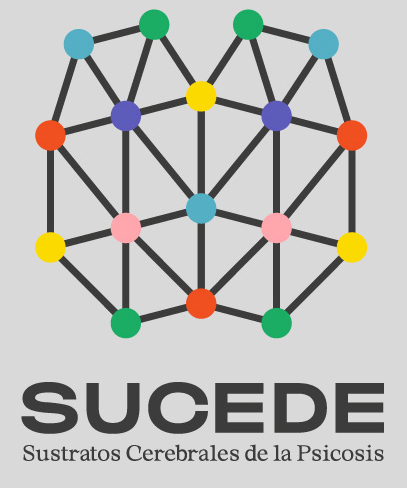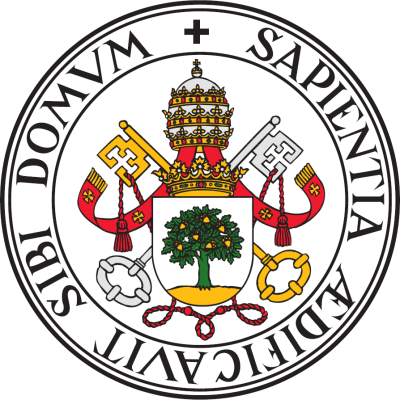Video of the meeting (in Spanish, English subtitles)
Psychosis Biotypes: Why Neurobiology Trumps Clinical Labels
In our last session, we dissected a fundamental article by the Clements Group (2019) that challenges the way we classify psychosis. The central thesis: traditional clinical diagnoses (like those in the D S M) generate great heterogeneity and overlap among disorders (schizophrenia, schizoaffective, bipolar with psychosis). The solution is simple and ambitious: classify patients by their neurobiology, not just their symptoms.
The consortium identified and validated three biotypes based on cognitive control and sensorimotor reactivity:
- Biotype 1 (Hypoactive): Shows profound neural dysfunction (hypoactivity/hypoconnectivity) and the greatest psychosocial deterioration.
- Biotype 2 (Hyperactive): Characterized by high intrinsic neural activity (hyperactivity/hyperconnectivity, especially in the Alpha band) and moderate deterioration.
- Biotype 3 (Near Normal): Shows minimal deviations, being very similar to the controls.
The Key Finding:
When comparing intrinsic neural activity and connectivity (measured with E E G):
- The biotypes showed clear and strong differences in power and connectivity, besides a direct correlation with clinical symptomatology.
- Traditional clinical diagnoses (D S M) showed no significant differences in these neurobiological parameters.
Ultimately, neurobiology offers us a much more precise way to categorize patients and suggests a model of neuronal hyperexcitation for Biotype 2 and reduced activity for Biotype 1. This underscores the need to abandon rigid clinical labels and move toward biological classifications to offer truly specific treatments.



